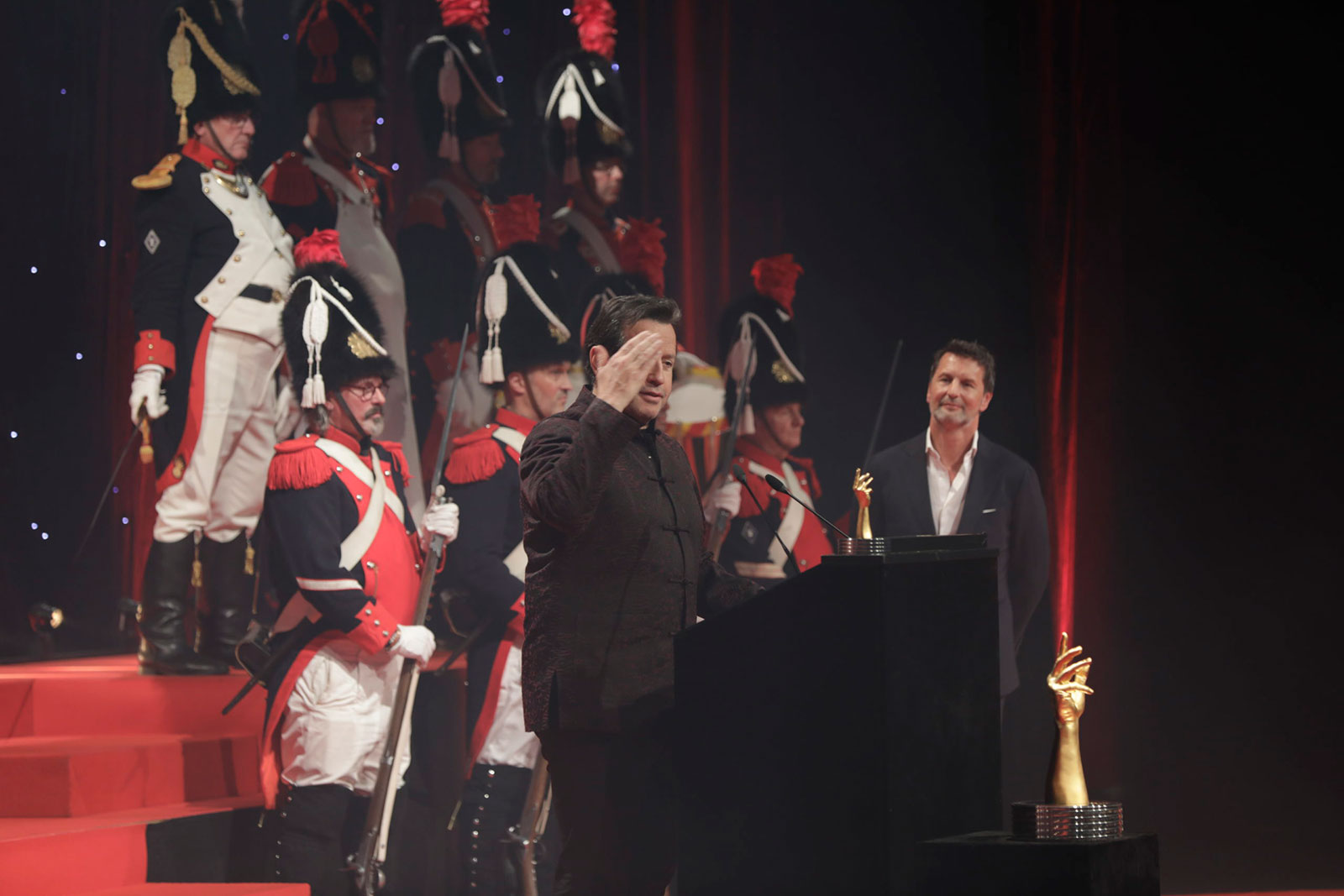Editorial: Winners at the 2023 Grand Prix d’Horlogerie de Genève
Led by the Audemars Piguet Code 11.59 Universelle.
The Grand Prix d’Horlogerie de Genève (GPHG) announced its 2023 winners last night in a ceremony in its traditional venue, the theatre in the Fairmont hotel. Compared to 2022, most of the jury members for the year were new faces, including Anish Bhatt of Watchanish and Ben Clymer of Hodinkee.
Presided over by author Nick Foulkes, the jury assembled a list of winners that included several surprises. Some watches rightly triumphed in competitive categories, but in others the prizes felt like they were awarded for lack of alternatives. In nearly all categories, however, the winners had merit, with the only exception being the Van Cleef & Arpels Éveil du Cyclamen Automaton that did not win the Mechanical Clock category.
The biggest winner of the evening was expected and deserving, going to Audemars Piguet for the Code 11.59 Universelle grand complication. While not the prettiest watch, the Universelle is certainly the most technically impressive watch of the year and deserves the Aiguille d’Or, or “Golden Hand”, the top prize of the event, which was claimed by the brand’s outgoing chief executive, Francois-Henry Bennahmias (pictured above). Not only is the Universelle exceptionally complicated, it approaches several complications in an ingenious manner.
Other widely foreseen winners were Petermann Bédat with its 2941 split-seconds in the Chronograph category. Despite my criticism of some aspects of the movement construction, the rattrapante chronograph is undoubtedly the most beautiful chronograph of the year. The details and layout of the chronograph mechanism visible on the back are particularly impressive.
Equally expected and deserving was Tudor picking up the Sports Watch prize for its Pelagos 39. The titanium dive watch is not outstandingly original, but Tudor does affordable sports watches better than anyone else in the segment, so there is little competition in terms of price-performance ratio.
Petermann Bedat’s basis for its win
Another predictable prize was the Simon Brette Chronomètre Artisans in the Horological Revelation category. The watch was one of the most talked about launches of the year so the prize was almost a given, though it does not appeal to me personally. While the tangible quality of the watch is impressive, the concept feels too contrived in how it combines everything that the market currently wants, rather than an original artisanal vision, resulting in something that lacks soul in my opinion.
A surprise, on the other hand, was the Ulysse Nardin Freak One as the winner of the Iconic Watch prize. The technical merits of the Freak in terms of construction, materials, and influence are undeniable, but its aesthetics and approach are more niche than iconic, particularly when pitted against something like the Royal Oak. That said, I am glad an unusual and significant watch like the Freak is getting recognition.
One of the most significant awards of the night was a prize that is not awarded regularly, but instead at the discretion of the jury. The Special Jury Prize went to the Svend Andersen and Vincent Calabrese for establishing the Académie Horlogère des Créateurs Indépendants (AHCI) in 1985.
Both pioneers of independent watchmaking, the pair are seminal figures in the field and entirely deserving of the prize. The two have had long careers – Mr Andersen is 81 and Mr Calabrese, 79 – filled with intriguing and notable timepieces, though they are not as prominent as they were in their heyday of the 1990s. The duo received a standing ovation, reflecting the affection of an industry.
Back to top.